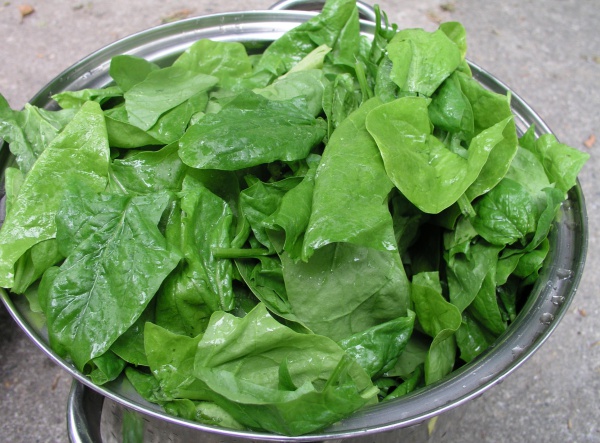Facts About Leaf vegetable
Leaf vegetables, commonly known as leafy greens, salad greens, pot herbs, or simply greens, are the edible leaves of various plants. These greens may sometimes include tender stems and shoots and come from a diverse range of plants, including both short-lived varieties like lettuce and spinach, as well as more robust, woody plants.
While plants such as alfalfa and clover also have edible leaves, they are generally consumed only in times of necessity due to their high fiber content. Leafy greens are exceptionally nutritious, with a particularly high content of vitamin K, which plays a crucial role in blood clotting. However, this abundance of vitamin K can interfere with blood-thinning medications like warfarin.
Nutritionally, leafy greens are low in calories and fat but rich in protein, dietary fiber, vitamin C, pro-vitamin A carotenoids, folate, manganese, and vitamin K. They can be prepared in various ways, such as boiling, stir-frying, stewing, steaming, or eating them raw. These greens are a staple in many culinary traditions around the world. For example, amaranth is popular in African cuisine, while Greek cuisine features khorta seasoned with olive oil and lemon. In Italy, preboggion is used to stuff ravioli, and in Poland, botwinka soup incorporates beet stems and leaves. In the Southern United States, turnip, collard, and kale greens are often cooked with ham or bacon.

 Albania
Albania